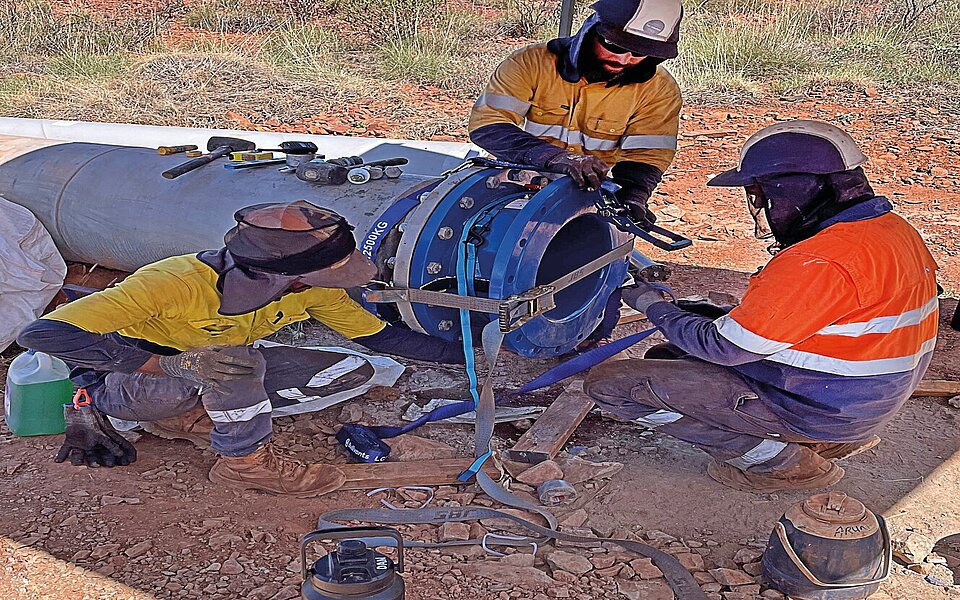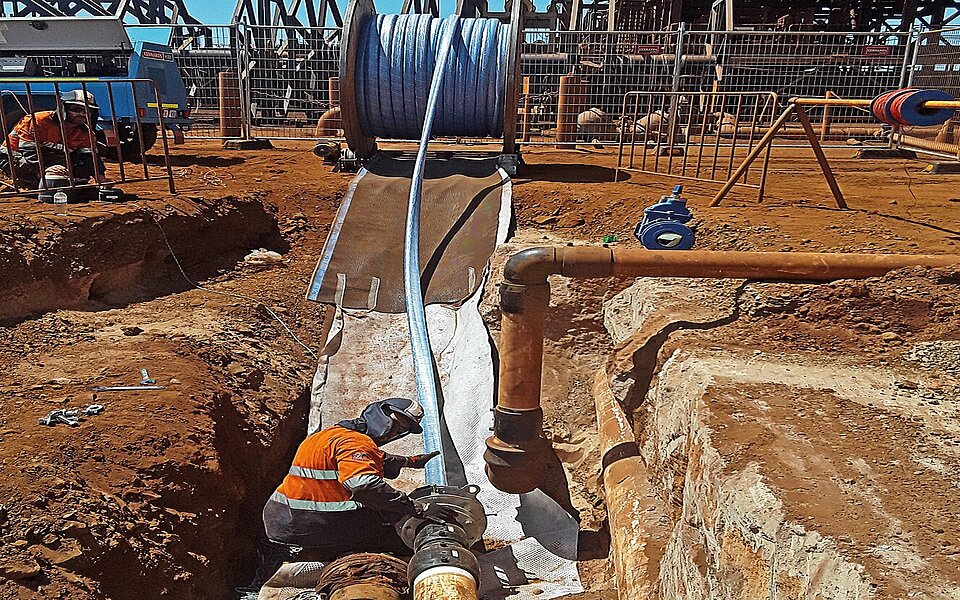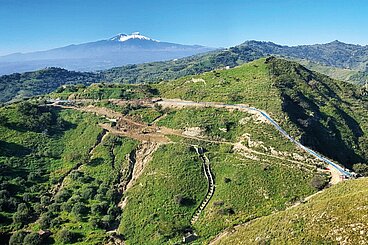They have been installed long ago and are now ageing, show leaks or even break down: a network of transport pipelines stretches all across Australia, also passing through areas of cultural sensitive heritage. Renovating such pipelines is laborious. Before a “high impact activity”, such as digging down to a pipe and repairing or even replacing it, can take place, a management plan must be prepared. If so, the intended activities must be assessed as a whole – and not just the part of the activities that will be carried out in the area of cultural heritage sensitivity.
To overcome this myriad of challenges and preserve areas of significant importance to traditional land owners, trenchless methods such as Primus Line® are the perfect solution. Primus Line® is a flexible, safe and reliable pipeline relining technology that reduces earth movements to a minimum: Normally, only two small construction pits at the beginning and the end of the pipeline section to be rehabilitated are sufficient. The liner with lengths up to 1,000 metres and more is inserted into the existing pipe by means of little equipment. In this way, the carbon footprint in construction is reduced by up to 90%. In addition to this, liner installation causes only little downtimes and is completely free of hot works such as welding or butt fusion jointing. Thus, these benefits make trenchless methods ideal for the rehabilitation of pipelines in areas of cultural heritage sensitivity since these remain untouched – no need to access them at all.
Rio Tinto, one of the leading global mining groups, has installed Primus Line® already twice in areas of cultural heritage sensitivity. Once for the renovation of a 1,500-metre long HDPE pipeline near Cape Lambert in Western Australia and once in the outback near Paraburdoo where 1,000 metres of a cement-lined mild steel pipeline were rehabilitated.
Title picture: rene-riegal-0VFr6ub7HlA-unsplash





